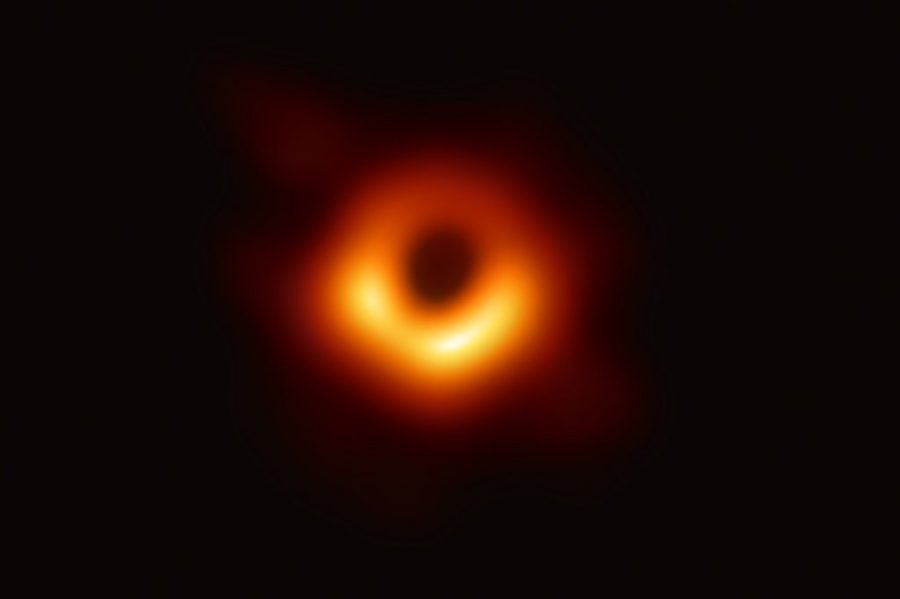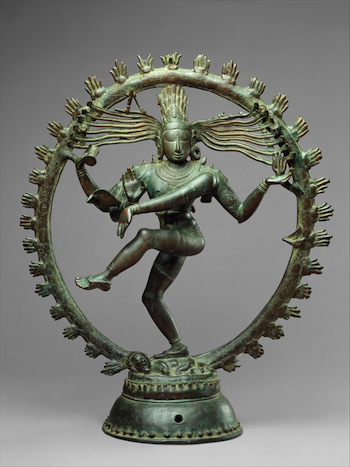Scientists Have Taken the First Picture of a Black Hole
Researchers have taken the first photograph of a black hole. Located at the center of the Messier 87 galaxy, the black hole has a mass 6.5 billion times greater than the Sun
April 11, 2019
On April 10th, 2019, at six simultaneous press conferences worldwide, it was announced that the Event Horizon Telescope (EHT) had taken the first-ever photograph of a black hole.
“We have taken the first picture of a black hole,” stated project director, Sheperd Doeleman, in a news release. During a Wednesday conference in Washington D.C., Doeleman, an astronomer for the Harvard-Smithsonian Center for Astrophysics, said: “we have seen what we thought was unseeable.”
To take the photograph, a team of over 200 astronomers reached 55 million light-years across intergalactic space to Messier 87 (M87), a galaxy in the Virgo constellation. True to the nature of what scientists know about black holes, instead of depicting the black hole itself, the image shows a bright event horizon made up of a mix of gas, dust, stars, and light swirling the cosmic trap before they are never seen again.
The image is nothing short of revolutionary. Heino Falcke, chair of the EHT Science Council has stated that “if immersed in a bright region, like a disc of glowing gas, we expect a black hole to create a dark region similar to a shadow- something predicted by Einstein’s general relativity that we’ve never seen before.” In his statement, Falcke also said that “this shadow, caused by the gravitational bending and capture of light by the event horizon, reveals a lot about the nature of these fascinating objects and allowed us to measure the enormous mass of M87’s black hole.”
The black hole, which is several billion times more enormous than the sun, gives an undoubted affirmation to the ideas of Einstein, who theorized that too much matter, when crammed into one space, would be overwhelmed by gravity, causing an eternal chasm.












